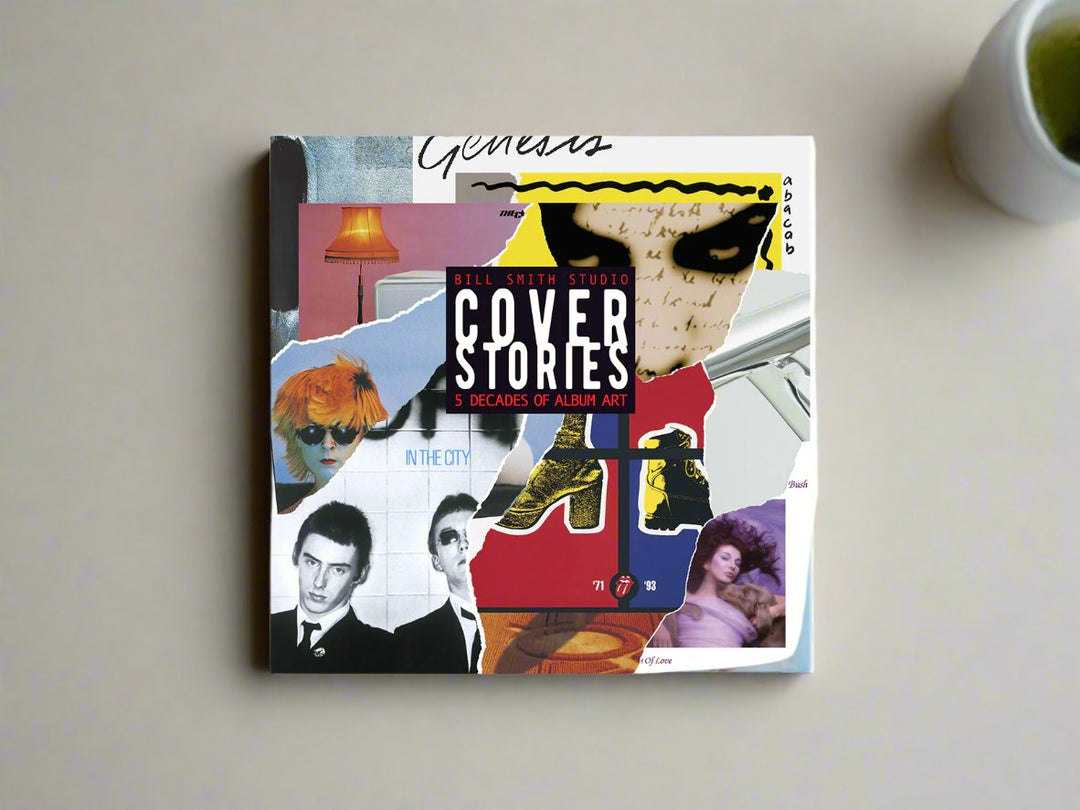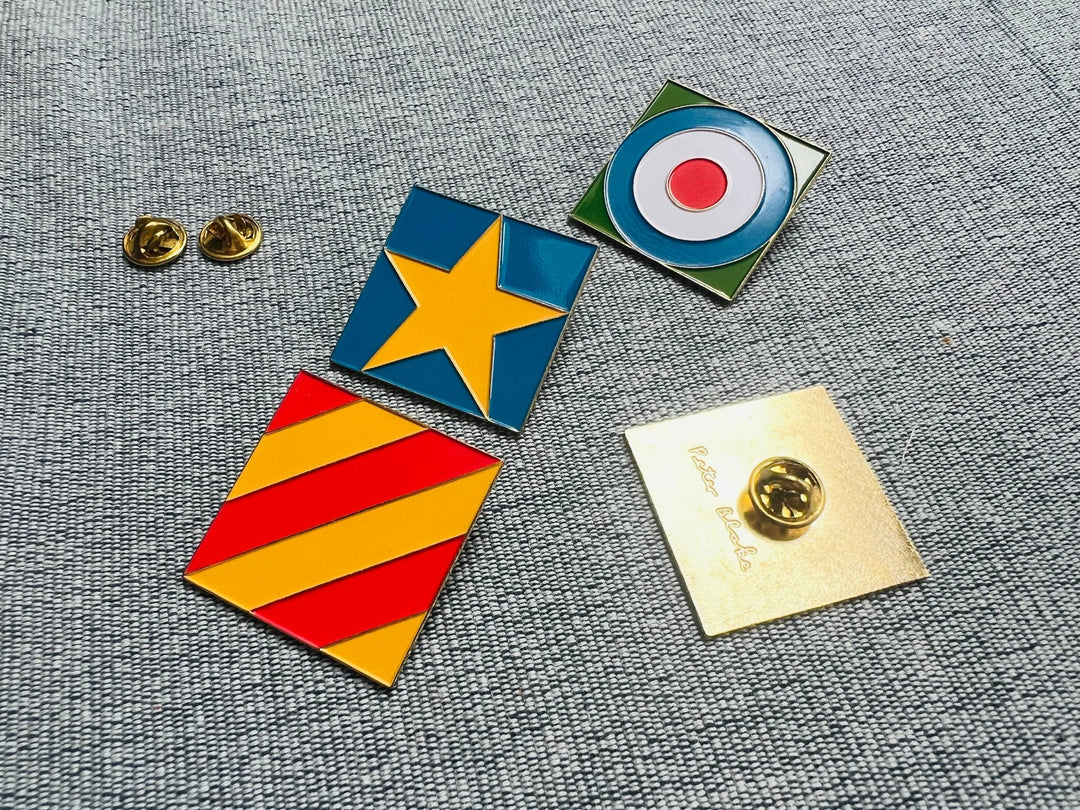Print Type and Authenticity
We know how hard it is to buy a piece of art without actually seeing it in the flesh. That’s why we work hard to give you all the information you need on our website. If, however, you do need any further information about any of our pieces then do get in touch.
All the artwork published, printed or marketed by Hypergallery is of the highest quality. All artwork is printed on the finest paper stock by renowned and experience printers using traditional or modern techniques. They will either be signed by the artist or embossed with authentication.
In the rare eventuality that an error with publicised price or availability means that we cannot fulfil your order we will let you know as soon as we discover the error and issue an immediate and full refund.
Listed sizes are for approximate guidance only. If you require a precise measurement please get in touch.
LIMITED EDITION PRINTS
The very nature of a limited edition print is that it is limited, forever, to the total number detailed in the original edition. If your print is number 70 of 295 then it really is just that: the 70th numbered print in a total edition of 295.
There will also be Artists Proofs (APs) numbering up to a maximum of 10% of the edition, and sometimes Printer’s Proofs (PPs) which are usually kept by the printer, or Hors Commerce prints (HCs) which are used by the publisher for promotional purposes.
Sometimes limited editions are published at different sizes. This is OK, as long as the sizes are distinctly different and they should be published at the same time.
ARTIST/PRINTERS PROOFS
An artist's proof in modern practice is usually used to describe an impression of the finished work that is identical to the numbered copies. There can also be printer's proofs which are taken for the printer to see how the image is printing, or are final impressions the printer is allowed to keep but normally the term "artist's proof" would cover both cases.
Artist's proofs are not included in the count of a limited edition, and they belong to the artist. By convention, the artist is not supposed to sell these at once.
COPYRIGHT
In most cases, if an album cover is a photograph then the photographer will own the copyright. Design work is a little more complicated and depends entirely on the contract drawn up at the time of the creation of the art.
Hypergallery doesn’t own the copyright to any of our prints, but in all cases we ensure that we have the permission of the copyright holder to produce the prints.
ATTRIBUTION
In many cases the creation of an album cover is a collaborative affair. Many album covers designs are attributed to artists who haven’t been directly involved in creating and signing the prints and we aim to make this as transparent and clear as possible in the product details.
ARCHIVAL INKJETS
Archival inkjet printing is also commonly referred to as Giclée. It denotes the high-quality ink-jet printing process which uses fade resistant, archival inks and archival substrates on large format printers to produce fine art prints.
Similarly, the term serigraph has been used to describe artistic use of the silkscreen process.
ARTISTIC ENHANCEMENT
With only a few unavoidable exceptions (when the artist is no longer alive) the prints sold by Hypergallery have been conceived, created, approved and signed by the artist themselves. In many cases the prints look quite different from the original album cover as we give the artist the chance to revisit their original artwork and rework it specifically as a print, without the restrictions of producing it as a mass market album cover.
COST
The value of a print increases as the edition sells out. You may see some prints on sale at a much higher price than others in the same collection and this will usually mean that less of these prints remain available on the primary market. It might also mean that a print has been signed by the musician as well as the artist - for this reason sometimes you may see exactly the same print available at two different prices.
CARING FOR YOUR PRINT
We will wrap your print in acid-free tissue paper and ship it to you in a sturdy cardboard tube. When you take your print out of the tube it is a good idea to let it uncurl overnight on a flat surface before handling it. This will give the paper a chance to lose some of its springiness and make it much easier for you to handle. Remember to wash your hands before handling your print and to take care not to scuff the surface of the image as some of the print surfaces are very delicate.
DISPLAYING YOUR PRINT
We recommend that you frame your print behind conservation quality glass or acrylic (most framers will offer this as standard) and make sure you use archival quality mount board. This way, your print will be free from any materials that might cause it damage.
All the artwork published, printed or marketed by Hypergallery is of the highest quality. All artwork is printed on the finest paper stock by renowned and experience printers using traditional or modern techniques. They will either be signed by the artist or embossed with authentication.
In the rare eventuality that an error with publicised price or availability means that we cannot fulfil your order we will let you know as soon as we discover the error and issue an immediate and full refund.
Listed sizes are for approximate guidance only. If you require a precise measurement please get in touch.
LIMITED EDITION PRINTS
The very nature of a limited edition print is that it is limited, forever, to the total number detailed in the original edition. If your print is number 70 of 295 then it really is just that: the 70th numbered print in a total edition of 295.
There will also be Artists Proofs (APs) numbering up to a maximum of 10% of the edition, and sometimes Printer’s Proofs (PPs) which are usually kept by the printer, or Hors Commerce prints (HCs) which are used by the publisher for promotional purposes.
Sometimes limited editions are published at different sizes. This is OK, as long as the sizes are distinctly different and they should be published at the same time.
ARTIST/PRINTERS PROOFS
An artist's proof in modern practice is usually used to describe an impression of the finished work that is identical to the numbered copies. There can also be printer's proofs which are taken for the printer to see how the image is printing, or are final impressions the printer is allowed to keep but normally the term "artist's proof" would cover both cases.
Artist's proofs are not included in the count of a limited edition, and they belong to the artist. By convention, the artist is not supposed to sell these at once.
COPYRIGHT
In most cases, if an album cover is a photograph then the photographer will own the copyright. Design work is a little more complicated and depends entirely on the contract drawn up at the time of the creation of the art.
Hypergallery doesn’t own the copyright to any of our prints, but in all cases we ensure that we have the permission of the copyright holder to produce the prints.
ATTRIBUTION
In many cases the creation of an album cover is a collaborative affair. Many album covers designs are attributed to artists who haven’t been directly involved in creating and signing the prints and we aim to make this as transparent and clear as possible in the product details.
ARCHIVAL INKJETS
Archival inkjet printing is also commonly referred to as Giclée. It denotes the high-quality ink-jet printing process which uses fade resistant, archival inks and archival substrates on large format printers to produce fine art prints.
Similarly, the term serigraph has been used to describe artistic use of the silkscreen process.
ARTISTIC ENHANCEMENT
With only a few unavoidable exceptions (when the artist is no longer alive) the prints sold by Hypergallery have been conceived, created, approved and signed by the artist themselves. In many cases the prints look quite different from the original album cover as we give the artist the chance to revisit their original artwork and rework it specifically as a print, without the restrictions of producing it as a mass market album cover.
COST
The value of a print increases as the edition sells out. You may see some prints on sale at a much higher price than others in the same collection and this will usually mean that less of these prints remain available on the primary market. It might also mean that a print has been signed by the musician as well as the artist - for this reason sometimes you may see exactly the same print available at two different prices.
CARING FOR YOUR PRINT
We will wrap your print in acid-free tissue paper and ship it to you in a sturdy cardboard tube. When you take your print out of the tube it is a good idea to let it uncurl overnight on a flat surface before handling it. This will give the paper a chance to lose some of its springiness and make it much easier for you to handle. Remember to wash your hands before handling your print and to take care not to scuff the surface of the image as some of the print surfaces are very delicate.
DISPLAYING YOUR PRINT
We recommend that you frame your print behind conservation quality glass or acrylic (most framers will offer this as standard) and make sure you use archival quality mount board. This way, your print will be free from any materials that might cause it damage.





